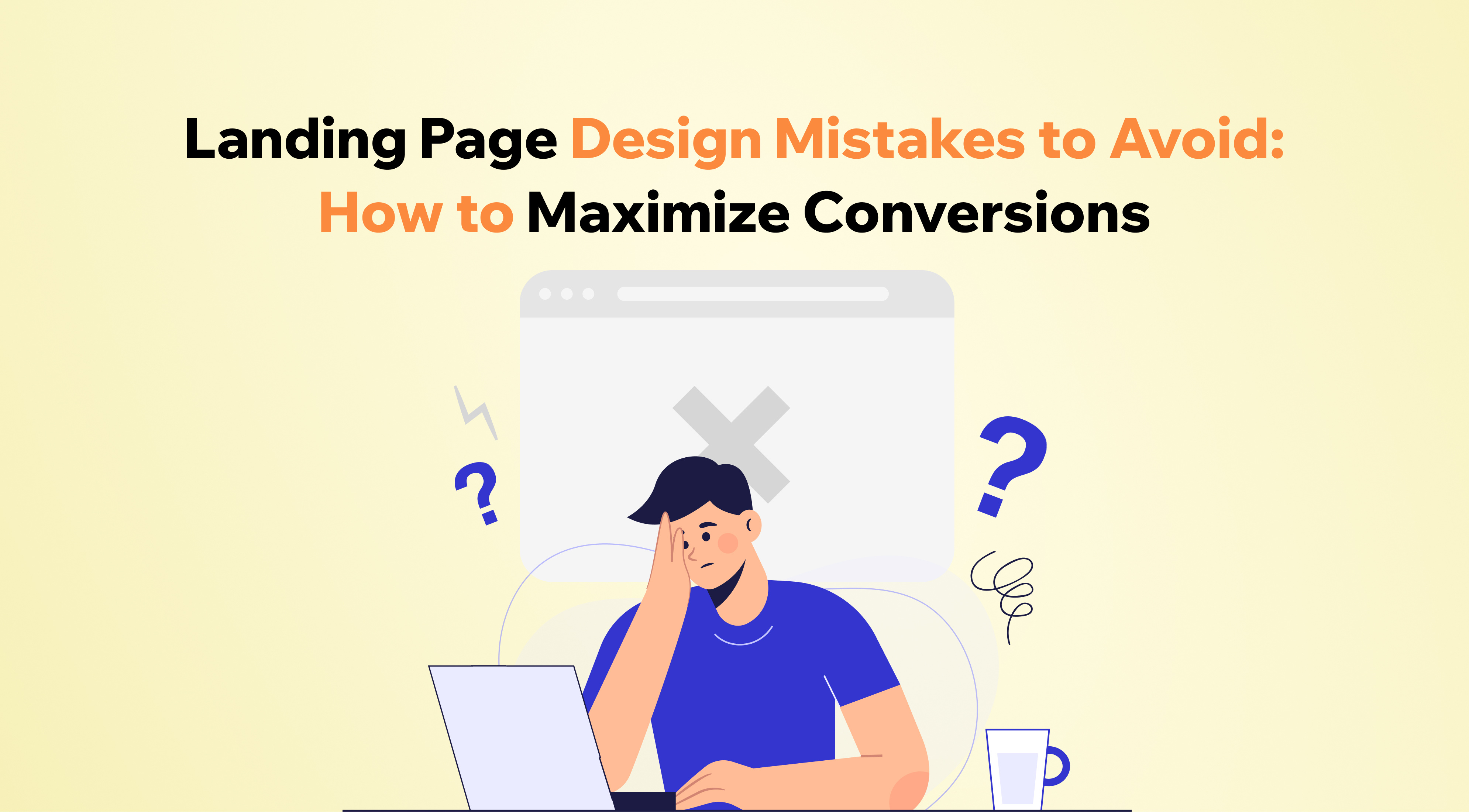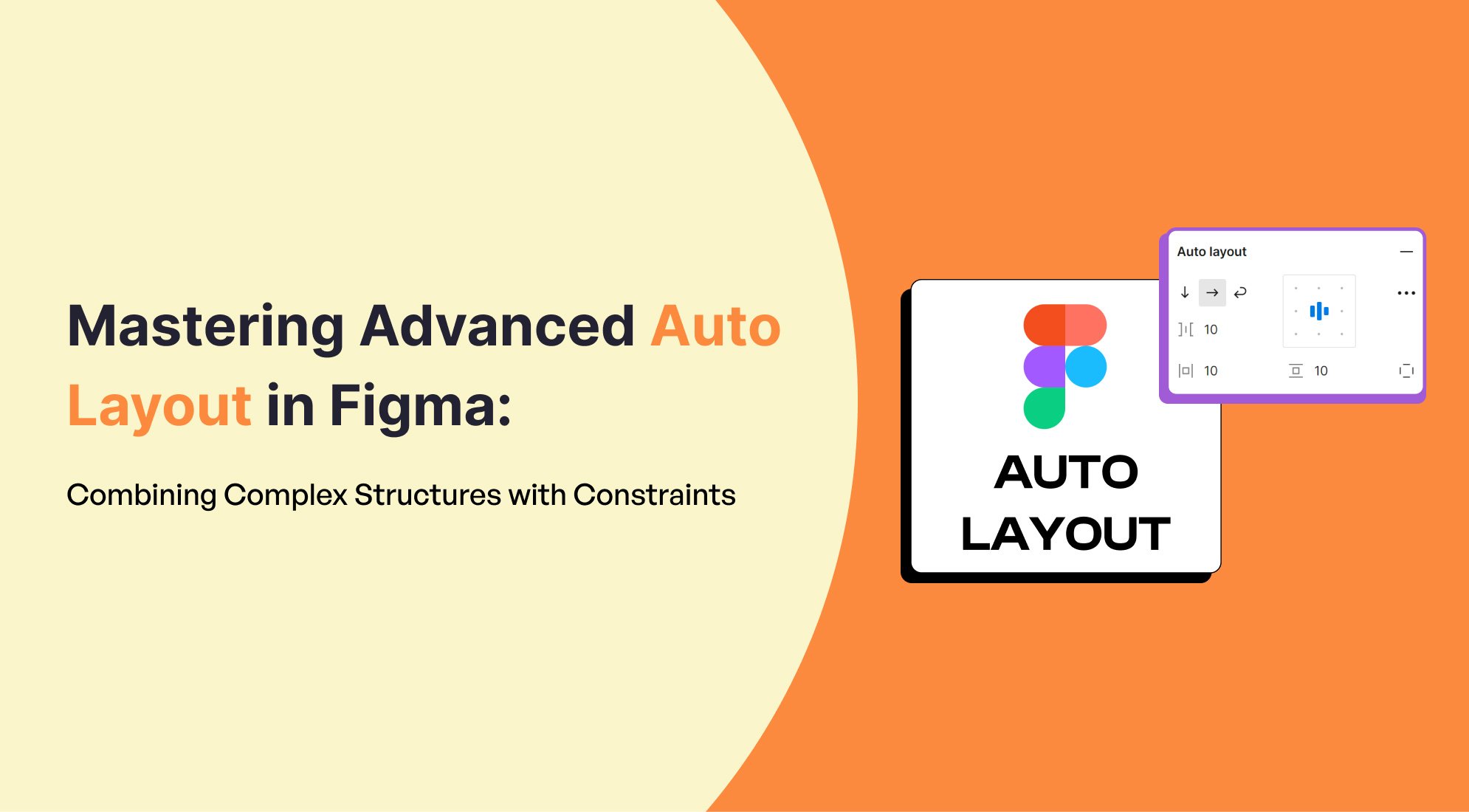Listen to the Blog
A landing page is one of the most crucial elements of a digital marketing strategy. A well-designed landing page can drive conversions, but even small mistakes can lead to lost opportunities. Here are some of the most common landing page design mistakes to avoid, along with tips on maximizing conversions.
1. Cluttered Layout
A cluttered landing page overwhelms visitors and makes it difficult for them to focus on the main message. Ensure a clean, visually appealing design with clear sections and adequate white space.
2. Lack of a Clear Call-to-Action (CTA)
A landing page should have a single, compelling CTA that stands out. Avoid multiple competing CTAs that may confuse users. Use action-oriented language, such as "Get Started" or "Claim Your Offer Today.".jpg?width=5463&height=2544&name=2.%20Lack%20of%20a%20Clear%20Call-to-Action%20(CTA).jpg)
3. Slow Page Load Time
Visitors expect a landing page to load within a few seconds. A slow-loading page can increase bounce rates and negatively impact conversions. Optimize images, leverage browser caching, and use a fast hosting provider.
4. Not Mobile-Friendly
With a significant number of users accessing websites via mobile devices, ensuring a mobile-responsive design is essential. A poorly optimized landing page can frustrate mobile users and reduce engagement.
5. Unclear or Weak Value Proposition
A strong value proposition communicates the benefits of your product or service clearly. Avoid vague messaging—highlight how your offer solves a problem or meets a need.
6. Using Generic Stock Images
Generic stock photos can reduce credibility and engagement. Use high-quality, authentic images that align with your brand and message.
7. Long Forms with Too Many Fields
Asking for excessive information in forms can deter visitors from completing the action. Only request essential details to streamline the conversion process.
8. Lack of Social Proof
Testimonials, reviews, and case studies build trust and credibility. A landing page without social proof may struggle to persuade visitors to take action.

9. Ignoring A/B Testing
Failing to test different elements, such as headlines, CTA buttons, and images, can result in missed opportunities for optimization. Regularly conduct A/B testing to identify what works best.
10. No Sense of Urgency
Creating urgency encourages immediate action. Limited-time offers, countdown timers, or phrases like "Offer Ends Soon" can motivate visitors to convert faster.
Conclusion
Avoiding these common landing page design mistakes can significantly improve user experience and boost conversions. Focus on clarity, speed, responsiveness, and compelling CTAs to create an effective landing page. By continuously testing and optimizing, you can refine your approach and maximize your marketing efforts. Prioritize a seamless and engaging experience for visitors, and your landing page will become a powerful tool in your digital strategy.








%201.png?width=1016&height=912&name=image%20(54)%201.png)